Royal Navy frigate HMS Somerset has arrived in Akureyri, Iceland, receiving what the crew described as a “warm reception in a beautiful cold Akureyri,” according to an update from the ship’s official account.
The visit forms part of ongoing Royal Navy operations in the North Atlantic.
HMS Somerset is a Type 23 Duke-class frigate built on the River Clyde and commissioned in 1996. Designed for anti-submarine warfare, it also carries weapons for surface and air defense, including the Sea Ceptor missile system and the recently introduced Naval Strike Missile (NSM).
Warm reception in a beautiful cold Akureyri.#HMSSomerset #F82 #Akureyri #Iceland pic.twitter.com/6JfeykTAhE
— HMS Somerset (@HMSSomerset) October 26, 2025
The NSM can engage enemy ships or land targets at ranges of more than 100 miles and represents a major enhancement to Royal Navy capability, according to the Ministry of Defence.
Earlier this year, Somerset conducted the first successful firing of the NSM during Exercise Aegir 25 at Norway’s Andøya range alongside Norwegian and Polish forces. Defence Minister Luke Pollard said the missile “will give the Royal Navy and our allies an edge against our enemies,” describing the achievement as evidence of strong UK–Norway cooperation. Commander Matt Millyard, the ship’s commanding officer, praised his crew’s “professionalism and teamwork” during the complex integration process.
Akureyri, where Somerset is now docked, is the largest town in northern Iceland and an important port and fishing hub often referred to as the “Capital of North Iceland.” Situated at the head of Eyjafjörður, it hosted Allied units during World War II. Its location and infrastructure make it a valuable stop for NATO vessels operating in Arctic and North Atlantic waters.


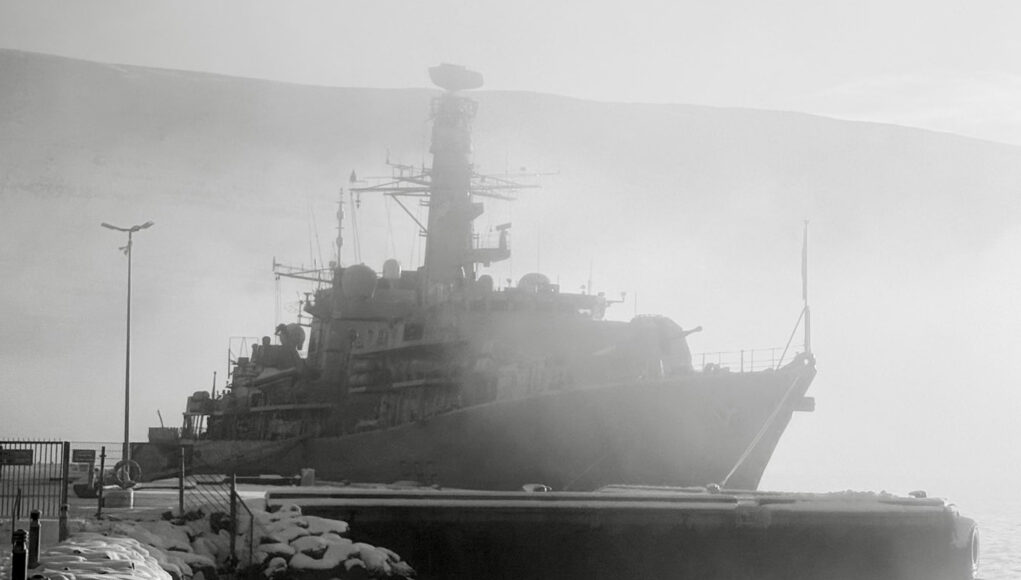

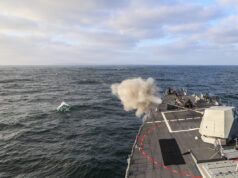
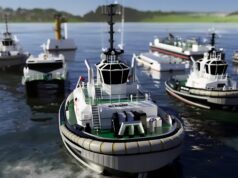
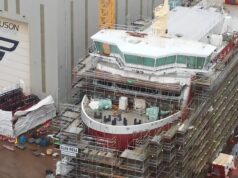
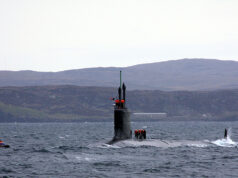
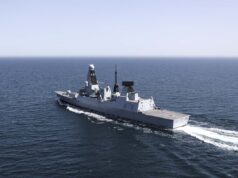

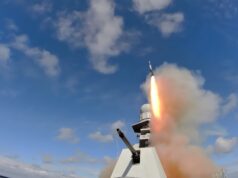
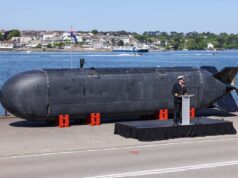
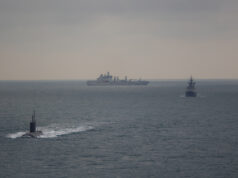

It’s a real pity the T23 was not made with a more enduring hull as the combination of NSM, Sea Ceptor and 2087 sonar means they still remain a potent capability. The US navy keeps its destroyers for 40 years.
Agree Jim but they were built to be a polyvalent unit. Original plans were for 24 of the class but eventually reduced to just 8. They represented great value for money costing less than £150 million each. An equivalent now would be the type 31s which are a less potent ASW platform but a second batch can and should be ordered optimised for ASW role.
Either that or just order more type 26 whilst the production line is open and running.
8 ??? There were 16 Type 23’s Built !.
Exactly. It’s a national disgrace. 8 frigates left. Terrible situation.
Might have been better not to have sold 3 off ?
Undoubtedly, if the clock could be turned back, T22B3 would have been removed and T23 kept.
The problem was T22B3 has the ELINT/EW role now with T45 and QECs.
Glad we have them, the thinking in the early 80s was for something quite different.
Thank goodness we finally have an up to date AShM on our warships after way too long gapped.
“air defense” – do get a grip.